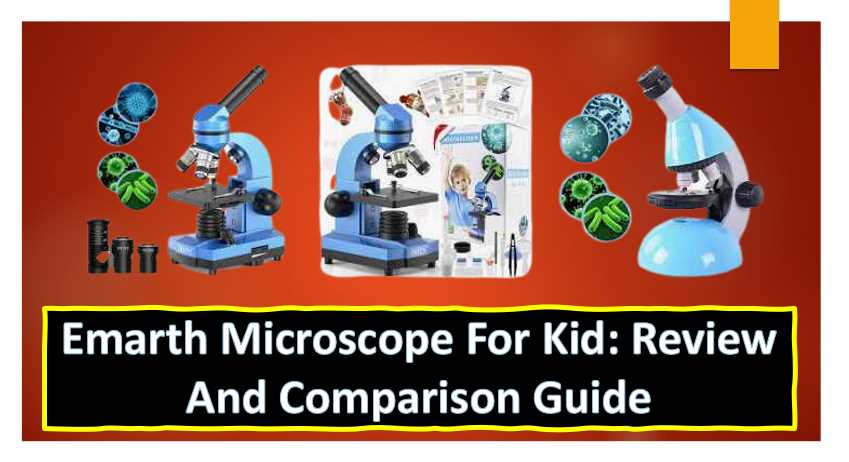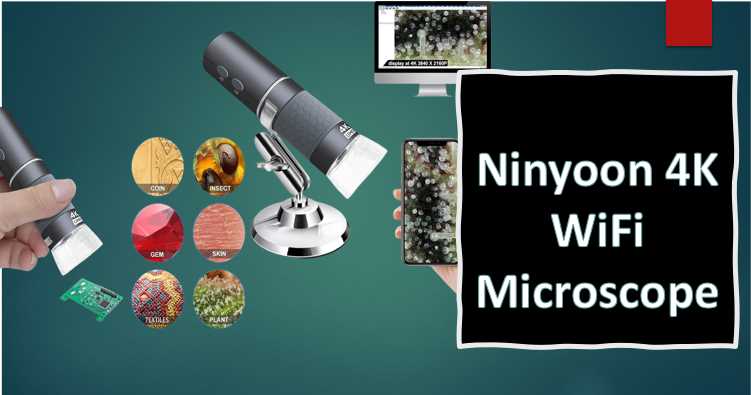What is the Most Popular Chinese Microscopes for Scientific Research
Chinese microscopes have become increasingly popular due to their affordability and high-quality optics. As someone who has used and reviewed numerous Chinese microscopes, I can attest that they can provide excellent results for both educational and professional applications. These microscopes are often manufactured with advanced features and materials, making them an excellent value for their […]
What is the Most Popular Chinese Microscopes for Scientific Research Read More »









